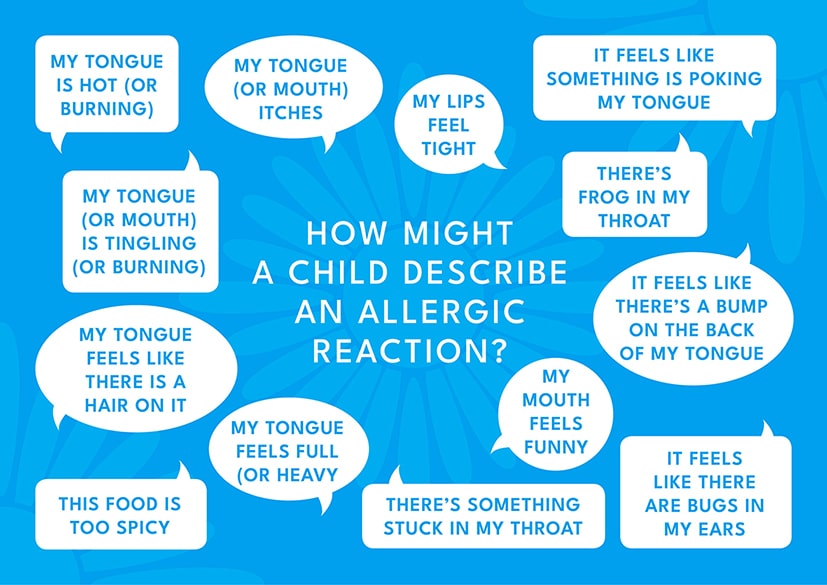One of the subjects we cover in our 2-hour parent and carer first aid classes is anaphylaxis. Anaphylaxis is a severe, life-threatening allergic reaction. It’s a fast acting so being able to spot it quickly is vital.
Any allergic reaction, including anaphylaxis, occurs when the body’s immune system wrongly identifies a food or substance as a threat.
Reactions usually begin within minutes and rapidly progress, but in rare cases can occur up to 2-3 hours later.

The most common allergens that can cause anaphylaxis are foods such as peanuts, tree nuts, milk, eggs, shellfish, fish and sesame seeds, although many other foods have been known to trigger it. Some people react even to tiny amounts of food.
Other causes include wasp or bee stings, latex (natural rubber latex) and medicines. In some people, exercise can trigger anaphylaxis – either on its own or if you exercise around the same time you’re exposed to other allergens.
What are the symptoms?
“Most healthcare professionals consider an allergic reaction to be anaphylaxis when it involves a difficulty in breathing or affects the heart rhythm or blood pressure.”
These are known as the ABC symptoms
A – Airways
• Persistent Cough
• Vocal changes (hoarse voice)
• Difficulty swallowing
• Swollen tongue
B – Breathing
• Difficult or noisy breathing
• Wheezing (like an asthma attack)
C – Circulation
• Feeling light-headed or faint
• Clammy skin
• Confusion
• Unresponsive/unconscious
If you suspect anaphylaxis – ACT FAST – Dial 999
These ABC symptoms will often be accompanied by other less-severe symptoms such as:
- a rash
- flushed skin
- swelling of the skin on the body (lips, eyes)
- stomach pain, feeling sick or vomiting
If the child is displaying these symptoms but doesn’t have any of the ABC symptoms it is more likely to be a less serious reaction but you should watch the child closely in case the ABC symptoms develop.
Phrases children might say to describe a reaction
In older children there are some phrases that they might say which could indicate the start of an allergic reaction and help save valuable time in getting treatment.

For more information on anaphylaxis click here.
